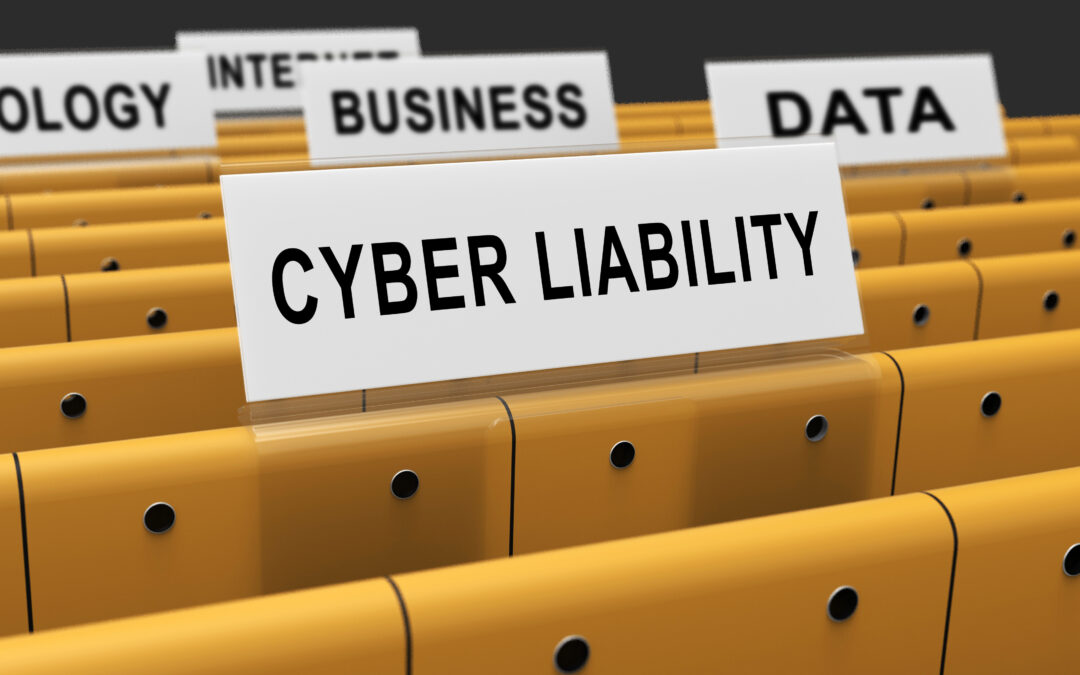In an era where cyber threats are ever-present, cyber insurance has become a critical component of a robust risk management strategy for small and medium-sized enterprises (SMEs). This article provides insights into what cyber insurance covers, how insurers evaluate risk, and how businesses can ensure they are adequately protected.
What Does Cyber Insurance Cover?
Cyber insurance policies can vary widely, but they generally cover the following aspects:
- Data Breach Costs: This includes expenses related to notifying affected customers, providing credit monitoring services, and conducting forensic investigations to determine the cause and extent of the breach.
- Business Interruption: If a cyber-attack causes significant downtime, the policy may cover the loss of income and operating expenses incurred during the interruption.
- Cyber Extortion: Coverage for ransomware attacks, including the cost of ransom payments and related expenses.
- Legal Fees and Fines: Policies often cover legal expenses and regulatory fines resulting from a data breach, ensuring compliance with data protection laws.
- Public Relations Costs: Managing the fallout from a cyber-attack can involve significant PR efforts to restore the company’s reputation.
How Do Insurers Evaluate Risk?
Insurers use a variety of methods to evaluate the cybersecurity risk of a business. Key factors include:
- Security Measures in Place: Insurers assess the existing cybersecurity measures, such as firewalls, encryption, and access controls, to determine the robustness of a company’s defences.
- Incident History: A history of previous cyber incidents can indicate potential vulnerabilities and influence the cost of premiums.
- Employee Training: Well-trained employees are less likely to fall victim to phishing attacks and other social engineering tactics, which can positively impact risk assessments.
- Compliance with Standards: Adherence to industry standards and regulations, such as ISO/IEC 27001, ASD Essential 8, can demonstrate a commitment to cybersecurity and reduce perceived risk.
Ensuring Adequate Protection
To ensure they are adequately protected, SMEs should take the following steps:
- Conduct a Cybersecurity Risk Assessment: Regular assessments can help identify vulnerabilities and guide improvements in cybersecurity measures.
- Invest in Employee Training: Ongoing training programs can equip employees with the knowledge to recognize and respond to cyber threats effectively.
- Implement Strong Security Protocols: Employing multi-factor authentication (MFA), regular software updates, and robust encryption methods can enhance security.
- Review and Update Policies Regularly: As cyber threats evolve, it’s crucial to keep cyber insurance policies up-to-date to ensure comprehensive coverage.
- Work with Cybersecurity Experts: Partnering with managed cybersecurity services can provide SMEs with the expertise and resources needed to maintain strong security postures.
The Value of Cyber Insurance for SMEs
Investing in cyber insurance offers several benefits for SMEs:
- Financial Protection: Coverage for the high costs associated with cyber incidents, including data breaches and ransomware attacks.
- Risk Management: Access to resources and support for managing and mitigating cyber risks.
- Peace of Mind: Knowing that your business is protected against a wide range of cyber threats allows you to focus on core operations.
Cyber insurance is an essential safeguard for SMEs in today’s digital landscape. Understanding what cyber insurance covers, how insurers evaluate risk, and how to ensure adequate protection can help businesses navigate the complexities of cyber risk management.
Protect your business with comprehensive cyber insurance. Contact getNEXT today to learn more about our managed cybersecurity services and how we can help ensure your business is adequately protected against cyber threats.




0 Comments